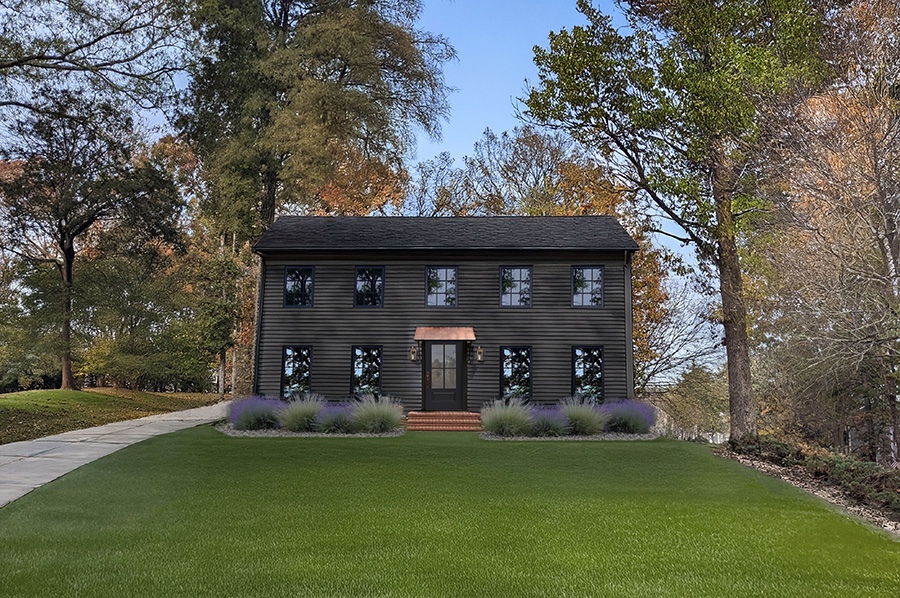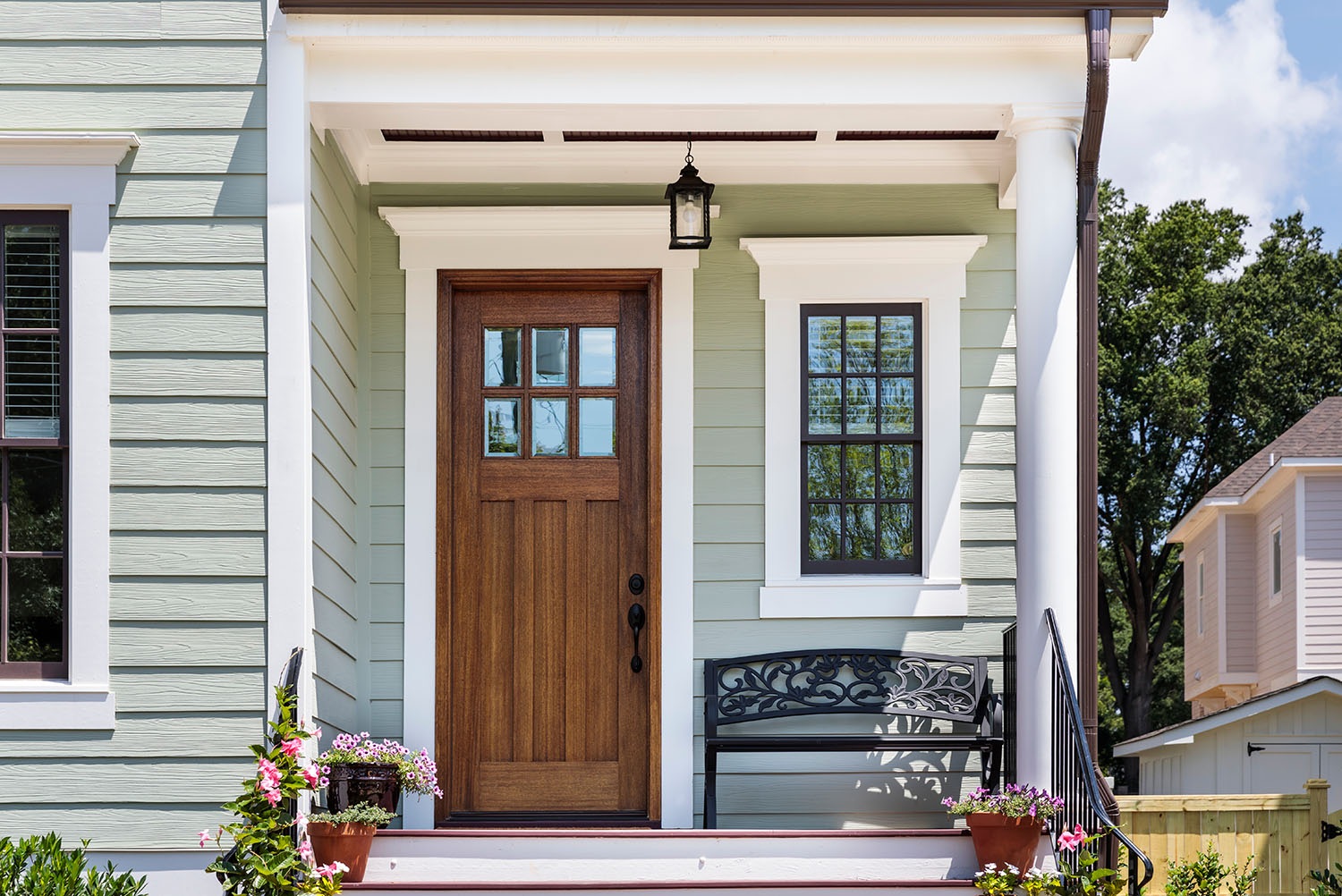The Ultimate Guide to Boxing, Fascia, and Soffit: Understanding Your Home's Exterior Details
When it comes to the outside of your home, you’ve probably noticed those little details that make everything come together so seamlessly—the trim around the roofline, the undersides of overhangs, and those crisp lines that give your house that polished, finished look. But what are they, exactly? And why do they matter?
If you've ever felt confused by terms like boxing, fascia, and soffit, you're not alone! These components play a crucial role in both the aesthetics and functionality of your home's exterior. So, let’s break it all down in plain, simple terms—no need to be a construction expert to follow along. By the end of this post, you'll not only know the difference but also appreciate why they’re worth a second look.
What Is Boxing?
Let’s start with boxing, because—let's be honest—it sounds the most mysterious. In the world of construction, boxing refers to the structural framework and trim details that enclose and support the soffit and fascia around the eaves of your roof. Think of it as the hidden backbone that holds everything in place while giving your home that finished, tidy look.
Boxing is essentially the whole system, including the soffit (the underside), fascia (the front-facing trim), and sometimes additional trim elements that create a cohesive look. Its purpose is twofold:
- Functionality: Boxing helps seal off the eaves, keeping critters, moisture, and debris out of your attic and roof structure.
- Aesthetics: It provides a clean, uniform edge to your roofline, making the design of your home feel complete.
You’ll usually hear the term boxing used more commonly in regional construction lingo—some builders might call it “eave trim” or just refer to its components individually.
Meet the Fascia: The Trim That Pulls It All Together
Now let’s zoom in on one of the key components of boxing: the fascia.
The fascia is the vertical board that runs along the edge of your roof, where the roof meets the walls of your house. It’s the piece you see from the street, giving your home that clean, sharp edge at the roofline. The fascia is usually made from wood, aluminum, vinyl, or composite materials, and it’s often painted or wrapped to match or complement your home’s color scheme.
Why does fascia matter?
- Gutter Support: It’s where your gutters are mounted. A sturdy fascia ensures your gutters stay securely in place to handle rainwater runoff.
- Weather Protection: It acts as a barrier to protect the edges of your roof deck from water damage.
- Visual Appeal: The fascia board gives your roofline a finished, professional look. Without it, your home might appear unfinished or poorly maintained.
Soffit: The Often Overlooked Underdog
Let’s talk about the soffit—the unsung hero of your roofline.
The soffit is the horizontal underside of the roof’s overhang. It’s what you see when you stand close to the house and look up. Soffits are typically perforated or vented to allow air to flow into the attic, which is essential for proper ventilation. Without good airflow, you could end up with moisture problems or even mold in your attic.
Soffits serve several important purposes:
- Ventilation: They keep air circulating, which helps regulate your attic’s temperature and reduces the risk of ice dams or heat buildup.
- Protection: Like boxing and fascia, soffits help keep pests, moisture, and debris out of your roof structure.
- Style: Available in various materials like wood, aluminum, and vinyl, soffits can be customized to match the architectural style of your home.
How Do Boxing, Fascia, and Soffit Work Together?
These three elements might sound like separate parts, but they work as a team to protect and beautify your home’s exterior. Picture this:
- The fascia creates a sturdy, visually appealing trim along your roofline.
- The soffit tucks neatly underneath, sealing and ventilating the overhang.
- The boxing ties it all together, forming the cohesive framework that supports both.
Without one of these components, the system wouldn’t function properly—and your home’s exterior wouldn’t look as polished.
Choosing the Right Materials
Now that you know the roles each part plays, let’s talk materials. Whether you’re building a custom home or updating your existing exterior, the materials you choose can make a big difference in terms of durability, maintenance, and style.
Fascia Options
- Wood: Classic and versatile, but requires regular maintenance to prevent rot and peeling.
- Aluminum: Lightweight, durable, and low-maintenance. Often pre-finished in various colors.
- Vinyl: Affordable and resistant to moisture, but not as sturdy as aluminum.
- Composite: Engineered materials like fiber cement offer excellent durability and a more premium look.
Soffit Options
- Wood: Gives a warm, natural look but needs sealing and maintenance.
- Aluminum: Durable, lightweight, and available in vented styles.
- Vinyl: Budget-friendly and easy to clean.
- Steel: Offers excellent durability but may come at a higher cost.
Boxing Components
Since boxing includes multiple parts, it’s often made from a combination of materials. For example, you might have wood fascia paired with vinyl soffits, depending on your home’s style and budget.
Common Issues and How to Prevent Them
Even with the best materials and installation, issues can arise if boxing, fascia, and soffits aren’t properly maintained. Here are some common problems and tips to avoid them:
- Peeling Paint on Fascia
- Cause: Exposure to moisture and UV rays.
- Prevention: Use high-quality, weather-resistant paint and keep gutters clean to prevent water overflow.
- Soffit Vent Blockages
- Cause: Dirt, debris, or even bird nests.
- Prevention: Inspect soffits annually and clear any obstructions to maintain airflow.
- Pest Intrusions
- Cause: Gaps or damage in the boxing.
- Prevention: Regularly check for signs of wear and seal any openings promptly.
- Rotting Wood
- Cause: Water damage from leaks or clogged gutters.
- Prevention: Opt for water-resistant materials like aluminum or vinyl and ensure proper gutter maintenance.
Bringing It All Together
So, there you have it! Boxing, fascia, and soffits might not be the stars of your home’s exterior, but they’re definitely the MVPs behind the scenes. They protect your home from the elements, provide proper ventilation, and tie your entire exterior design together.
Next time you’re admiring your home or planning a renovation, take a closer look at these essential components. Whether you’re aiming for a sleek modern vibe or classic curb appeal, paying attention to the details can make all the difference.
Ready to give your home the exterior upgrade it deserves? Reach out to a trusted contractor (hey, TruGuard would love to help!) and start turning those ideas into reality.
Here’s to a home that’s as strong and stylish as you are!
Have questions about your home’s exterior? Give us a call - we'd love to help!



